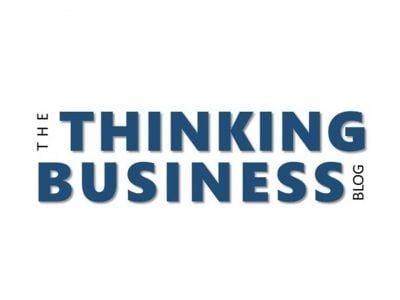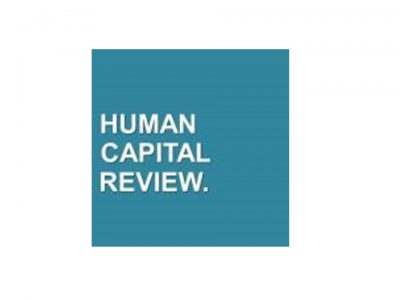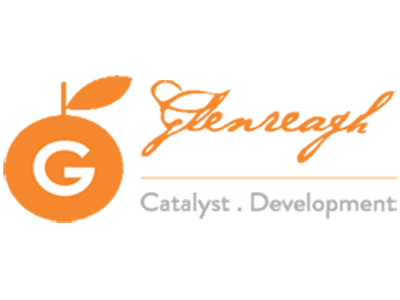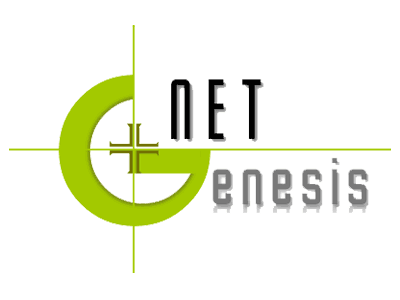The current floods that have impacted various parts of the country have given rise to an extensive commentary on the response cycles of various stakeholders. It has in turn led to continued crisis communications and statements in the media by agencies and ministries alike. This binary approach to the discussion has also created a perceived “us and them” situation when in a crisis of this nature there should only be “we”.
Instead of being anxious about the ongoing commentary and flood of social media comments, the government should now take the opportunity to actively listen and embrace the process. This is free business intelligence, especially if the business model is keeping people happy and safe. Don’t let the critical data go the way of the floodwaters – simply flowing into the oceans or seeping back into the soil.

Photo for illustrative purposes only. | Photo by Drew Beamer/Unsplash
The challenge will be organising the information into a meaningful framework. For that penny dropping moment to take place, there needs to be a reference for the narrative, a ground zero. For the governments involved, state and federal, this information framework needs to run the width of all ministries and agencies; then it needs to be multiplied by the depth of an analysis that includes an understanding of litany, the social and systemic causes, the impact of worldview and the myths that shape the metaphors that are deeply woven into culture and history.
Pioneered by Professor Sohail Inayatullah, Causal Layered Analysis (CLA) is an approach and a technique used in foresight to develop possible and desired futures. While used in future studies, designing a desired future often sees its catalyst in the eye of a crisis. As a way to design a desired future, it is a much-needed starting point.
Moving forward, how will corporate leaders address the critical questions in a business ecosystem that has increasingly been defined by crisis?
The recent floods have seen an increasingly important role of the private sector. Supply chains that deliver food, water, and essential items, in particular, are all in the hands of the private sector. Therefore, they need to be recognised as a critical stakeholder; to be included at each step of the process from planning, rollout, monitoring and review of each crisis.
As the collective conscious of the nation grabs the preverbal elephant and as one of the three blindfolded men, there is a need to take a step back and view the overall problem with open eyes. Each crisis is deeper and wider than initially imagined.
The social media analysis shows, in the mind of the public, that the line in the sand has shifted. It was once enough to “respond to crisis”. Now the new baseline is to “resolve a crisis”. Between responding and resolving is a considerable difference in resources required. No doubt, millions have been spent. However, when faced with the wrath of mother nature exacerbated by climate change, clearly billions not millions will be required.
Retained organisational learning is the key to unlocking the much-discussed resilience. This will be required at NADMA (National Disaster Management Agency). Imagine a repository of knowledge and talent better enabled to coordinate and respond with all stakeholders – public and private, community and international.
Looking forward, as we begin to wrestle with 2022, better decisions within the sphere of crisis management will be gleamed at the intersection of data science, applied foresight models, deeper stakeholder understanding, behavioural communications and meaningful resource allocation.
*Written by Nordin Abdullah, Founding Chairman, Malaysia Global Business Forum
**This commentary was published in the following media: BERNAMA, New Straits Times, The Sun Daily, The Malaysian Reserve and News Hub Asia.
Services
Stakeholder mapping, analysis, engagement and communication needs to be detailed to avoid business losses or even worse, a crisis. How can you do this effectively to prevent failure? ...
Data-driven business decisions have never been as crucial, especially in this era. MGBF leverages off, technology, experience and market presence to aid businesses in making accurate decisions. ...
MGBF provides comprehensive strategic advice and results-focused solutions to solve clients' problems in business-government relations so they can focus on their core business. ...
A critical business challenge is meeting the right decision-makers and potential buyers through the best channel and platform. How will you improve your business competency? ...
Upcoming Events
In this episode of 'A Working Lunch with Nordin', MGBF's Nordin Abdullah and regional commentator Eddin Khoo will discuss the biggest threats and opportunities for businesses as we look to manage change in the South China Sea.
This MGBF Roundtable will feature thought leaders form Japan, Australia, Singapore and Malaysia dealing with the critical issues of manipulation of public listed companies and government and their financial impacts.
A series of networking sessions with various business associations and trade organisations exploring high-value opportunities for business leaders and entrepreneurs looking to build the relationships that matter.
This integrated event will include a forum, dedicated business matching, site visits, a gala dinner and a round of golf. Aptly themed, the focus will be on regional food security issues and trends in the context of the supply chain, agriculture technology and trade regulations and policies.
MGBF In The News
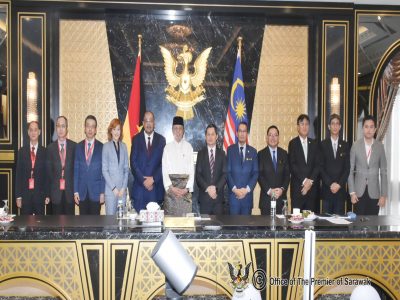
Planet QEOS and China Machinery Engineering Corporation (CMEC) are interested in investing RM10 billion to co-develop advanced Megawatt peak (MWp) agrovoltaic in Baram, to further boost Sarawak’s green energy initiative and food security. Sarawak Premier Datuk Patinggi Tan Sri Abang Johari Tun Openg was briefed on Friday by both the […]
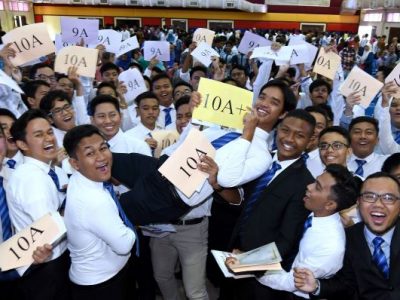
Last week SPM results came out, 373,974 aspirants who have been waiting patiently over the last few months would now know their fate. Some 10,109 have received all A’s, the golden standard of academic success and the ticket to those looking to study the “more advanced” subjects in university. Proudly, […]
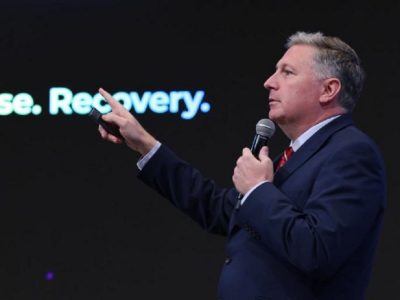
The classic knee-jerk reaction is to say, fire the coach, change the leadership of associations, and reduce the funding till they start performing better. This kind of negative reinforcement may work for kindergarten children, but we are dealing with high-performance adults – individuals much further along in their psychological and […]
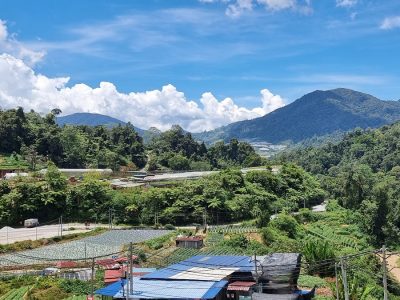
Since its earliest tea plantations in 1929, Cameron Highlands has grown to become a key player in the agricultural landscape of Malaysia, producing 40 per cent of all vegetables grown. Despite Malaysia shifting its economic focus away from agriculture, the industry remains imperative for food security and the livelihoods of […]

Although at first glance the travel industry and the agricultural sector appear to have nothing in common, they actually share more than meets the eye. The economic benefits of tourism to the agricultural sector can be multiplied several times over. “Tourism brings the end consumers closer to the source, which […]
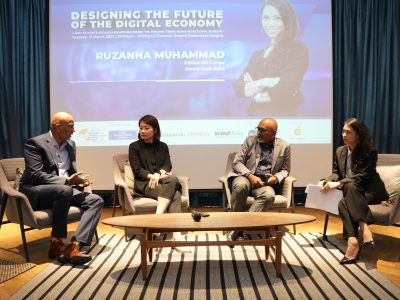
The Malaysia Global Business Forum (MGBF) recently held a high-level roundtable themed ‘Designing the Future of the Digital Economy’, attended by industry leaders and business associations. The guest of honour was Yang Berhormat Syerleena Abdul Rashid, the Member of Parliament (MP) for Bukit Bendera in Penang. The MP’s Special Session […]
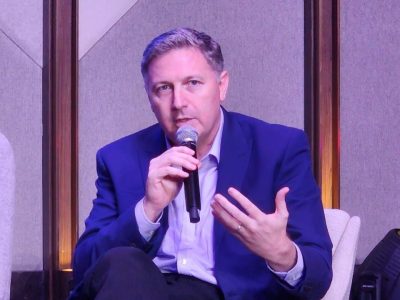
The Malaysia Global Business Forum (MGBF) will be hosting a roundtable on ‘Designing the Future of the Digital Economy’ on 23 February 2023. It is the culmination of the first three MGBF Exclusive Roundtable Series titled ‘The Evolving Threat Matrix in the Digital Economy’ held throughout 2022. According to the […]

The Founding Chairman of the Malaysia Global Business Forum (MGBF), Nordin Abdullah, today spoke on Bernama TV’s leading English talk show, The Brief, hosted by Jessy Chahal, on the topic of a stable political reality and what that means for the Malaysian economy. Nordin said, “The first thing that it […]

More than 1,100 years ago, Muhammad ibn Musa al-Khwarizmi was developing the mathematical formulas that we know today as algorithms which now have become so intertwined with the business fortunes of global media giants and the very fabric of geopolitics. A series of recent high level international reports have revealed […]

KSK Land has been recognised by the Malaysia Global Business Forum (MGBF) for its role in attracting high net-worth individuals to Malaysia post-pandemic. The first challenge in investor attraction is “selling” the country. In the context of Asia, Malaysia is competing with some very established investment destinations. The second […]

Malaysia, in particular Kuala Lumpur, continues to position itself as a regional centre to do business, educate a family and enjoy a global lifestyle. One company, KSK Land, has taken the lead in positioning itself and the city of Kuala Lumpur as a property investment destination for the global citizen […]
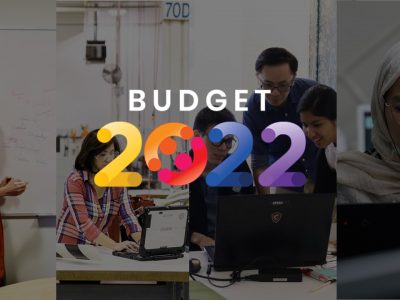
The upcoming budget represents an opportunity to build resilience in the critical sectors that will form the backbone of the country’s future-facing economic ambitions. This however needs to be achieved in the context of managing the community sectors most impacted by COVID-19 over the past two years. The Keluarga Malaysia (Malaysian Family) […]

Malaysia Global Business Forum (MGBF) has moved to support the creative economy as the overall economy moves into a recovery phase following the COVID19 pandemic. As a step in the direction of normalcy, the MGBF has agreed to host the art exhibition “I Know You’re Somewhere So Far” by one […]
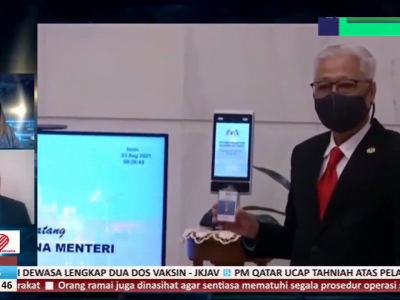
Congratulations to Datuk Seri Ismail Sabri Yaakob for taking up the mantle of the ninth prime minister of Malaysia. There is nothing normal about the situation; it could not have been scripted but it has kept the spectrum of media, mainstream and social, gripped. The first order of business for […]

In a stirring speech to the nation, President Joseph R. Biden, Jr. stamped his brand of leadership on the presidency, in his first act as the 46th president of the United State of America, it signaled several shifts. Perhaps the weather was foreboding with snow falling before the ceremony that […]

KUALA LUMPUR, 6 July 2022 – As the global economy continues to deal with unprecedented levels of disruption caused by the pandemic and the conflict between Russia and Ukraine, the convergence of energy security and food security issues has become a front-of-mind issue faced by policy makers and consumers alike. […]

KUALA LUMPUR, 23 June 2022 — Malaysia Global Business Forum (MGBF) ties up with scoutAsia to ensure that businesses are equipped with deeper regional insights. The past two years has seen a massive shift in the way businesses are conducted with digitisation, digitalisation and automation continuously being adopted to improve […]
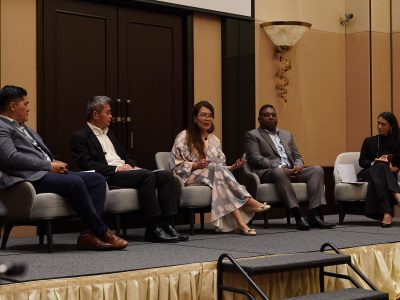
KUALA LUMPUR, 25 May 2022 – The Malaysia Global Business Forum (MGBF)’s exclusive roundtable on ‘Security Concerns in Critical Value Chains’ was held in a hybrid setting yesterday at the Eastin Hotel Kuala Lumpur. The guest of honour was Yang Berbahagia Tan Sri Dato’ Seri Rafidah Aziz, former minister of […]
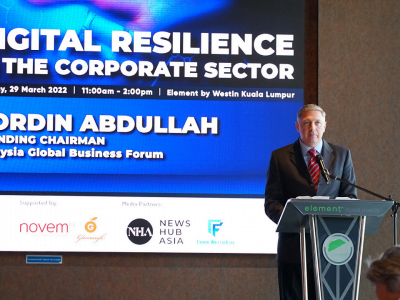
We live in the age of crisis. At the heart of any crisis is the threat of rapid change. Change too deep or too wide that the current coping mechanisms for an individual, corporation or government are unable to remain resilient. An unwelcome paradigm shift, like the proverbial spider, that […]































